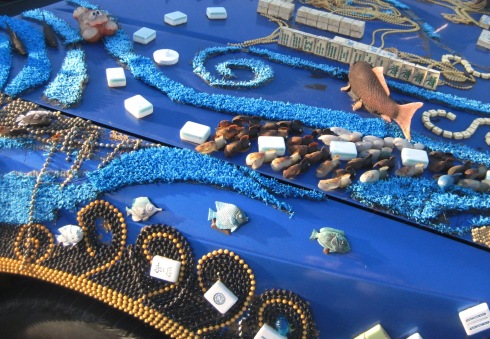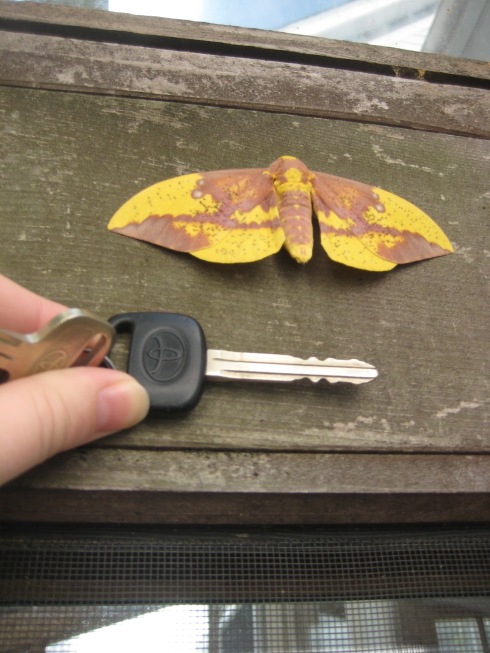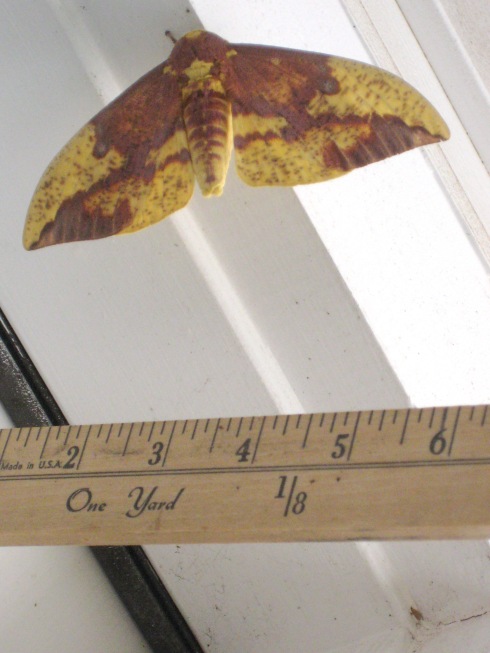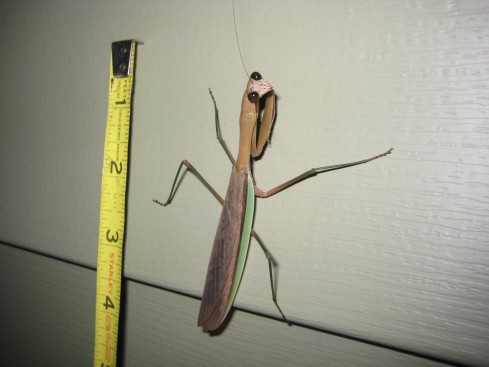I’ve long been fascinated by mysteries.
As a kid, I pored through stacks of Nancy Drew and Kay Tracey books, soaking up their sleuthing tactics in hopes of someday stumbling upon a situation where I could be the detective. I wanted to be the one to uncover the secret, solve the crime or expose the truth.
I did not, however, believe the mystery would magically find me, as it often did Drew and Tracey. I thought it my mission to seek it out . . . and I took it quite seriously.
In my game of make-believe detective, I softly tapped on walls with my knuckles searching for secret passageways and examined cracks for signs of hidden hidey-holes. I looked for cryptic codes in discarded bits of paper I found along the roadside. Strangers and acquaintances alike transformed into scheming villains whose missions were to prevent me from discovering the truth about whatever mystery I believed I was pursuing.
I was persistent, but never found what I was looking for – my very own mystery.
My penchant for mysteries has continuously grown in intensity since I first laid hands on those series. Whether presented in literary or cinematic form, mysteries continue to be my preferred form of entertainment.
Mostly, mysteries in books, movies and television are fictional. Fiction is great, but nothing tops a real-life mystery. I guess it’s because the reader/viewer knows that in a real-life mystery a real-life person(s) used real-life techniques to discover the truth and solve the mystery.
Even now, Ihave that desire to be a real-life detective. It’s not that I necessarily want a career in mystery-solving: I just want one really great mystery. Shortly after I moved to NC, I started digging for local secrets.
Chapel Hill isn’t exactly a dangerous place, so there wasn’t much in the realm of unsolved crime, but I did discover a fascinating piece of architecture with an even more interesting background: Hippol Castle, an old stone structure at the end of Gimghoul Road in Chapel Hill’s Gimghoul Historic District is “the” mystery of the town. (It is also commonly referred to as ‘Gimghoul Castle.’)
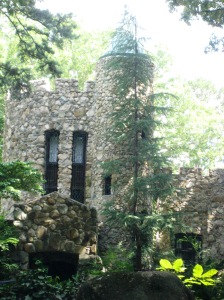 The building’s history revolves around a long and detailed legend (which by definition, of course, is a fabrication) about a guy named Peter Dromgoole who was a University of North Carolina student. According to the story, he died at the site. Basically, it’s a classic tale of two guys pining for one girl and deciding to duel to the death for the prize of her affection. You can read more about it here.
The building’s history revolves around a long and detailed legend (which by definition, of course, is a fabrication) about a guy named Peter Dromgoole who was a University of North Carolina student. According to the story, he died at the site. Basically, it’s a classic tale of two guys pining for one girl and deciding to duel to the death for the prize of her affection. You can read more about it here.
One part of the story is true: the Order of Gimghoul, a secret society formed around the legend does exist. Records of the organization are available at the UNC’s Wilson Library, though they’re heavily restricted.
Also, the Order of Gimghoul (which, in addition to being a secret society, is also a corporation) owns the castle. Much to my disappointment, I found that it is not open to the public and that there are numerous signs discouraging trespassers. One website claims there is an armed security guard on site 24/7 to prevent break-ins. I wondered, what do the order’s members use it for? Does anyone live there? What is it that they are so eager to protect?
Weeks after my discovery of its existence, I could hold out no longer. I had to see it for myself.
I traveled down tree-lined Gimghoul Road to where asphalt gives way to gravel and meticulously manicured foliage tranforms into full-fledged forest. There it was: Hippol Castle.
There were indeed “No Trespassing” and “Private Property” signs. My plan if I were approached was to apologize profusely, explaining that I thought the dirt drive was an extension of Gimghoul Road and that I was trying to find a friend’s house, but got lost. After all, the signs were directly in front of the property, not at the driveway’s entrance, which extended from the road to beyond the castle, with a semi-circular segment in front of the building. I stayed on the straight part.
Still sitting in my car, I carefully surveyed the scene while I felt around for my camera. There was a black SUV parked in the driveway, but no sign of activity. Light from the blazing mid-afternoon sun struggled to penetrate the dense foliage. The effect was unsettling.
After a minute or two, I decided it was best to leave. Camera in hand, I quickly snapped a couple of photos and put my car in reverse. As I was backing out, I caught a glimpse of a figure peeking out from behind the white curtain in the left upstairs window – the rumored security guard, perhaps?
I drove home, thirst for discovery unquenched. Truthfully, I was also kind of creeped out. I did discover one thing that day: courageousness can’t be learned from a book.
Tags: Chapel Hill, detective, Dromgoole, Gimghoul, Hippol, mystery, secret, UNC


